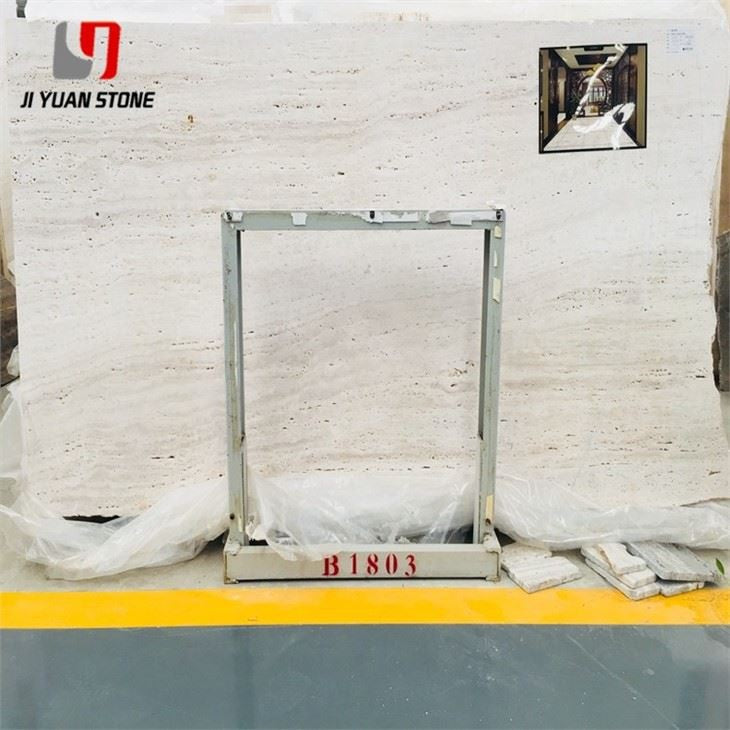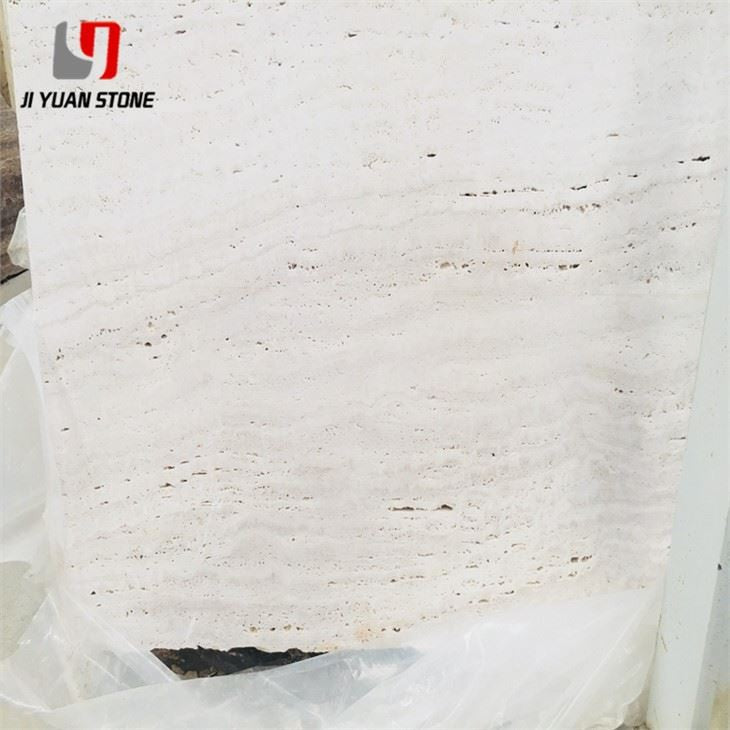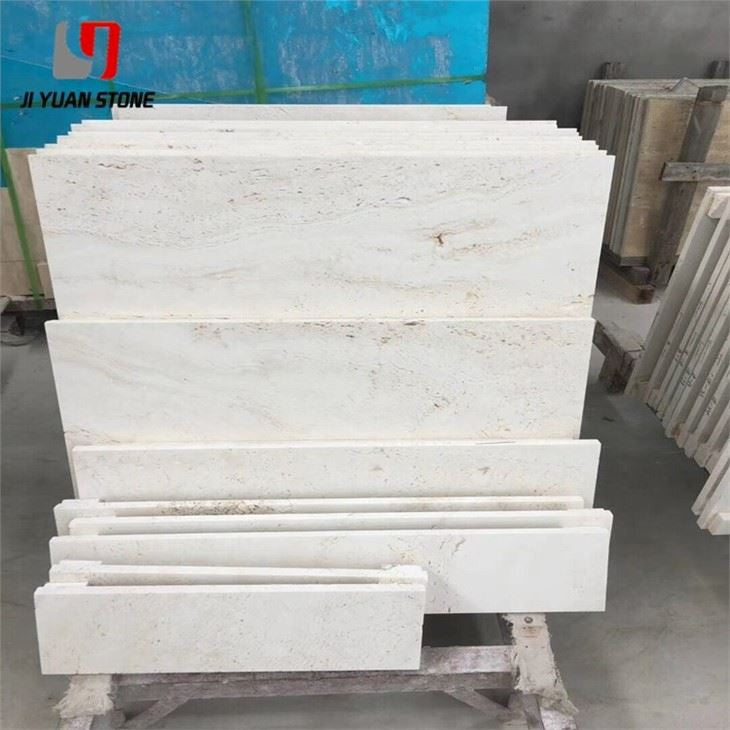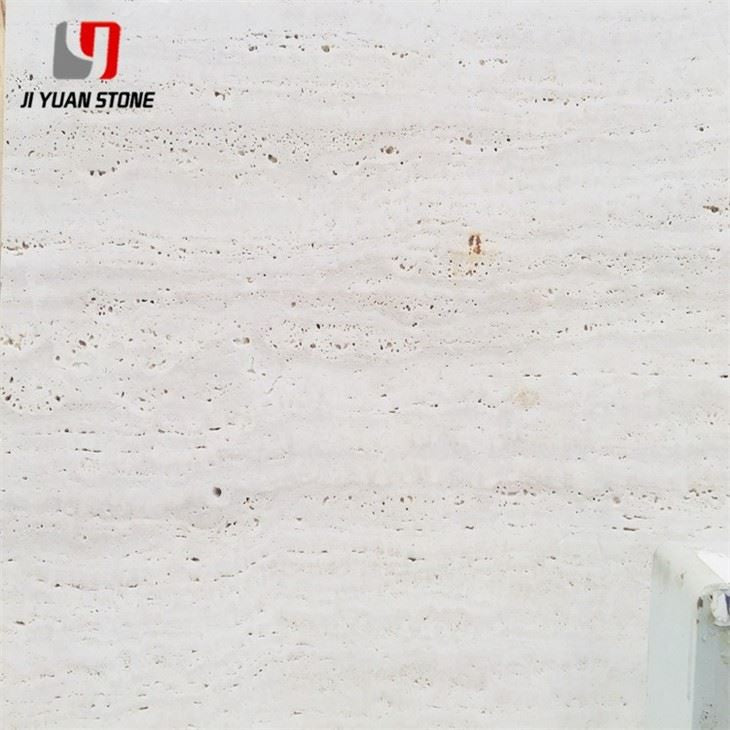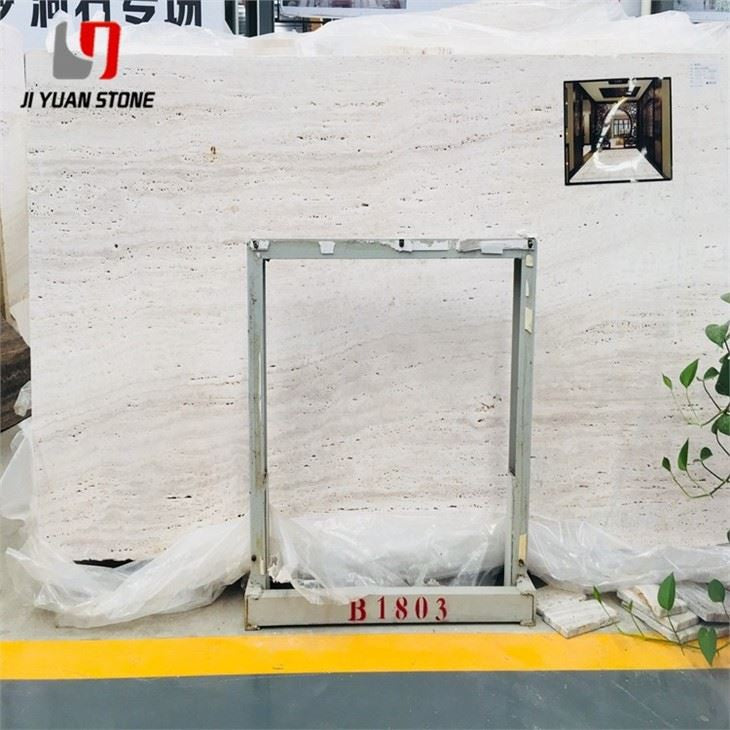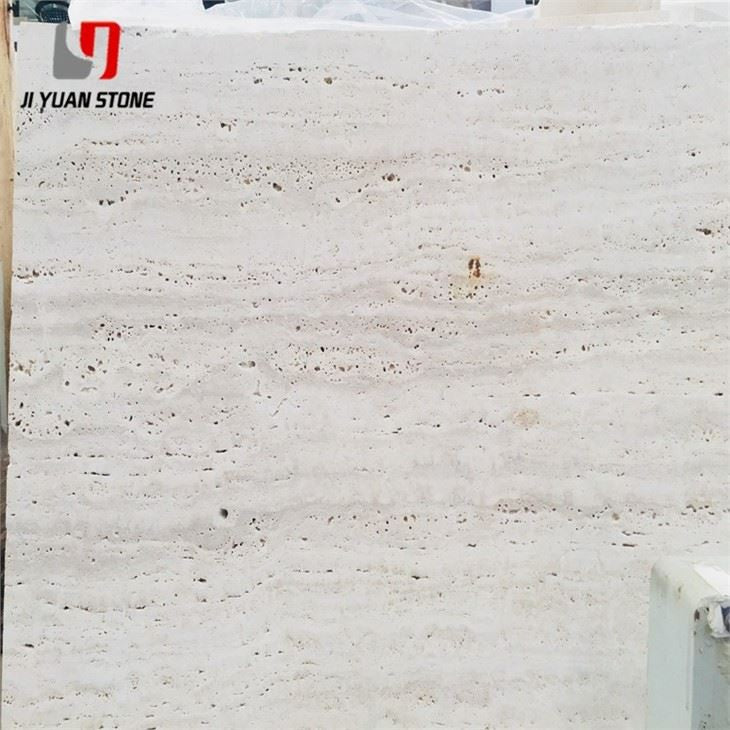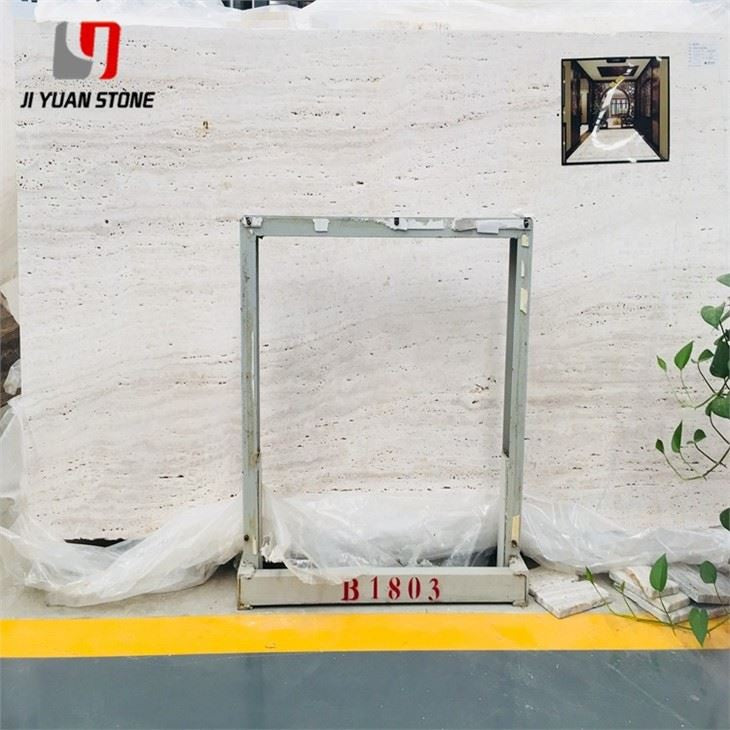Travertine Coping
Travertine Coping
Travertine Coping – Timeless Elegance for Pool Edges & Wall Caps
Our Travertine Coping provides unparalleled durability and versatility for all your outdoor needs. Made from high-quality travertine stone, it is perfect for pool coping, stair treads, and garden edging. Its natural beauty and slip-resistant surface make it an ideal choice for any outdoor space.
Enhance the beauty and safety of your outdoor spaces with travertine coping, a top choice for pool edges, steps, garden walls, and retaining walls. Known for its non-slip surface, soft textures, and naturally elegant appearance, travertine coping brings a luxurious, warm touch to modern and traditional landscapes alike.
Travertine coping, often compared to marble, is a recrystallized limestone composed mainly of calcium carbonate (CaCO₃). Under heat and pressure, this natural stone transforms into a durable, refined material that is both decorative and functional.
🌟 Features of Our Travertine Coping:
- Luxurious Finish: Natural veining and smooth texture add timeless beauty
- Durable & Weather-Resistant: Ideal for outdoor use in various climates
- Non-Slip Surface: Safer around pools, stairs, and walkways
- Versatile Applications: Perfect for pool surrounds, wall caps, and edging
- Easy Maintenance: Resists weathering, cracking, and fading over time
🧪 How to Identify High-Quality Travertine Coping
Choosing the best travertine coping involves careful inspection. Here’s how to assess quality:
1 . Visual Check: Fine, uniform texture without visible cracks or uneven grains indicates superior quality. Avoid coping with missing corners or irregular edges.
2 . Precision Sizing: Consistent measurements prevent gaps or distorted patterns when installed.
3 . Sound Test: Tap the stone — a clear, ringing tone means it's structurally solid. Dull or rough sounds may indicate internal flaws or weathering.
4 . Absorption Test: Drop ink on the back — quality stone will resist absorption, while porous or cracked pieces will quickly soak it in.
5 . Manual Checks:
- Knock two samples together — good quality won’t break easily.
- Feel the surface — smooth and silky, without roughness or astringency.
- Smell the stone — there should be no strong chemical odors.
- Scratch test — no obvious marks with fingernails.
- Color test — clean, vibrant color without cloudiness, visible plastic-like texture, or open pores.
📦 Order & Shipping Information
1 . What is your time of making samples?
Usually we will take 1–3 days to make the samples.
2 . What is your MOQ?
Usually 50 square meters.
3 . What is your delivery time?
Usually 1 to 2 weeks for a 1x20' container after we receive the deposit.
4 . Where is the shipping port?
Xiamen, Qingdao, Tianjin, Wuhan, or Shenzhen ports.
5 . What is your payment term?
30% T/T in advance, 70% during shipment. Or L/C at sight.
6 . Where is the location of your company?
Located in Xiamen, Fujian province, China.
7 . What are your main products?
Marble, Granite, Travertine, Countertops, Vanity Tops, Stone Basins, Tombstones, Quartz, Limestone, Sandstone, etc.
🌍 Global Stone Supplier with Reliable Export Services
We specialize in delivering premium-quality natural stones for global construction and landscape design. Whether you're working on a luxury pool deck or a serene garden wall, our travertine coping provides elegance, safety, and performance.
Request a sample today and elevate your outdoor project with timeless natural beauty.
Share
